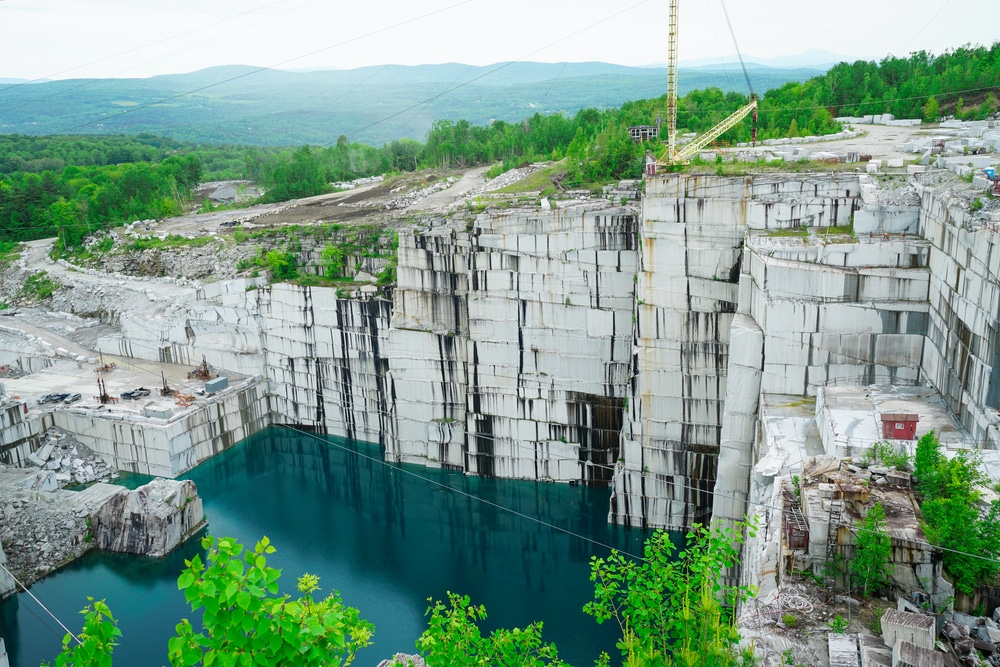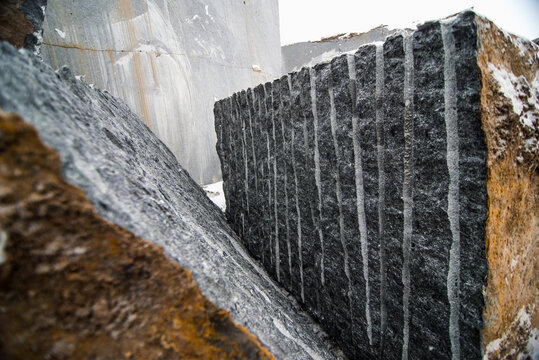Exploring Granite Quarries in South Africa Industry: From Quarry to Work of art
Exploring Granite Quarries in South Africa Industry: From Quarry to Work of art
Blog Article
Discovering the Rich History and Sustainable Practices of Granite Quarrying
As we stand on the precipice of discovering the intricate tapestry of granite quarrying, a trip via time exposes not simply the physical act of extracting rock but likewise the social and historical significance woven into the very material of this practice. From the old beginnings that laid the structure for modern quarrying strategies to the lasting techniques that are forming the future of this industry, each chisel mark on granite surfaces narrates waiting to be uncovered (granite quarries in south africa). The legacy of granite quarrying stretches much past plain extraction; it is a testament to human ingenuity, strength, and the long-lasting attraction of this majestic rock
Old Beginnings of Granite Quarrying
Going back to ancient worlds, the technique of quarrying granite has actually been an important part of human history and building development. The earliest proof of granite quarrying go back to old Egypt, where huge pyramids and elaborate sculptures were crafted from this durable rock. The Egyptians utilized primitive devices to remove granite blocks from quarries, showcasing the significance of this material in their significant building and constructions.
Moving on in background, the Greeks also made considerable payments to the quarrying of granite. The Greeks utilized granite in numerous architectural wonders, such as holy places and statuaries, demonstrating their ability in shaping and carving this sturdy rock. The Romans better improved the methods of quarrying granite, utilizing sophisticated devices like blades and hammers to essence and form granite for their renowned frameworks.
Via the centuries, the method of quarrying granite has advanced, with modern-day innovations boosting efficiency while preserving the ageless allure of this natural rock - granite quarries in south africa. From old civilizations to contemporary contractors, the heritage of granite quarrying remains to shape our globe
Evolution of Quarrying Methods
The advancement of quarrying strategies has actually been marked by a constant development in the direction of higher effectiveness and accuracy in extracting granite. Early quarrying methods involved hand-operated labor with fundamental devices such as chisels, hammers, and wedges to remove granite blocks from the earth.
Advancements in computer-controlled equipment and 3D modeling have optimized quarrying operations, leading to minimal ecological influence and boosted sustainability techniques. As the need for granite proceeds to increase, the development of quarrying methods remains essential to meeting industry requires effectively and sustainably.
Social Importance of Granite
Granite holds a profound cultural significance throughout numerous people as a result of its long-lasting existence in building work go to my blog of arts and prized monoliths. From the stunning pyramids of Egypt to the detailed carvings of the Angkor Wat holy place in Cambodia, granite has actually been a product of selection for expressing grandeur and longevity in social heritage. In ancient Rome, granite columns adorned holy places and public structures, symbolizing stamina and permanence. The social relevance of granite extends past its physical features; it symbolizes resilience, security, and timelessness, making it a symbol of withstanding legacies and practices.

Lasting Practices in Quarrying
Among the rich background of granite quarrying and its cultural relevance lies an expanding focus on lasting practices within the sector. As environmental understanding and worries concerning resource deficiency have actually enhanced worldwide, the quarrying field has progressively accepted sustainable methods to decrease its influence on the setting and bordering communities.

Additionally, recovery and recovery of quarry websites post-extraction are essential to sustainable methods. By recovering quarried areas to an all-natural or beneficial state, such as producing wildlife environments or entertainment rooms, quarriers can offset the environmental footprint of their procedures and add positively to the local environment.
Heritage of Granite Quarrying
With a historic backdrop steeped in workmanship and industrial progress, what enduring impact has granite quarrying left on the landscape of contemporary society? The legacy of granite quarrying transcends plain removal techniques; it has actually shaped building marvels, urban landscapes, and cultural heritage worldwide. The durable nature of granite has actually made it a recommended option for monuments, structures, and facilities, standing as a testament to the ability and creativity of quarry workers throughout generations.
Furthermore, the economic impact of granite quarrying can not be neglected. The sector proceeds to offer employment possibility and drive local economic situations in areas where granite extraction prevails. It has additionally spurred technical improvements in quarrying techniques and devices, leading to extra efficient and lasting practices.
In terms of sustainability, the tradition of granite granite quarries in south africa quarrying consists site of initiatives to reduce environmental effects via recovery projects and accountable source monitoring. By balancing economic rate of interests with ecological stewardship, the sector strives to guarantee that future generations can proceed to profit from this long-lasting natural resource.
Final Thought

Report this page